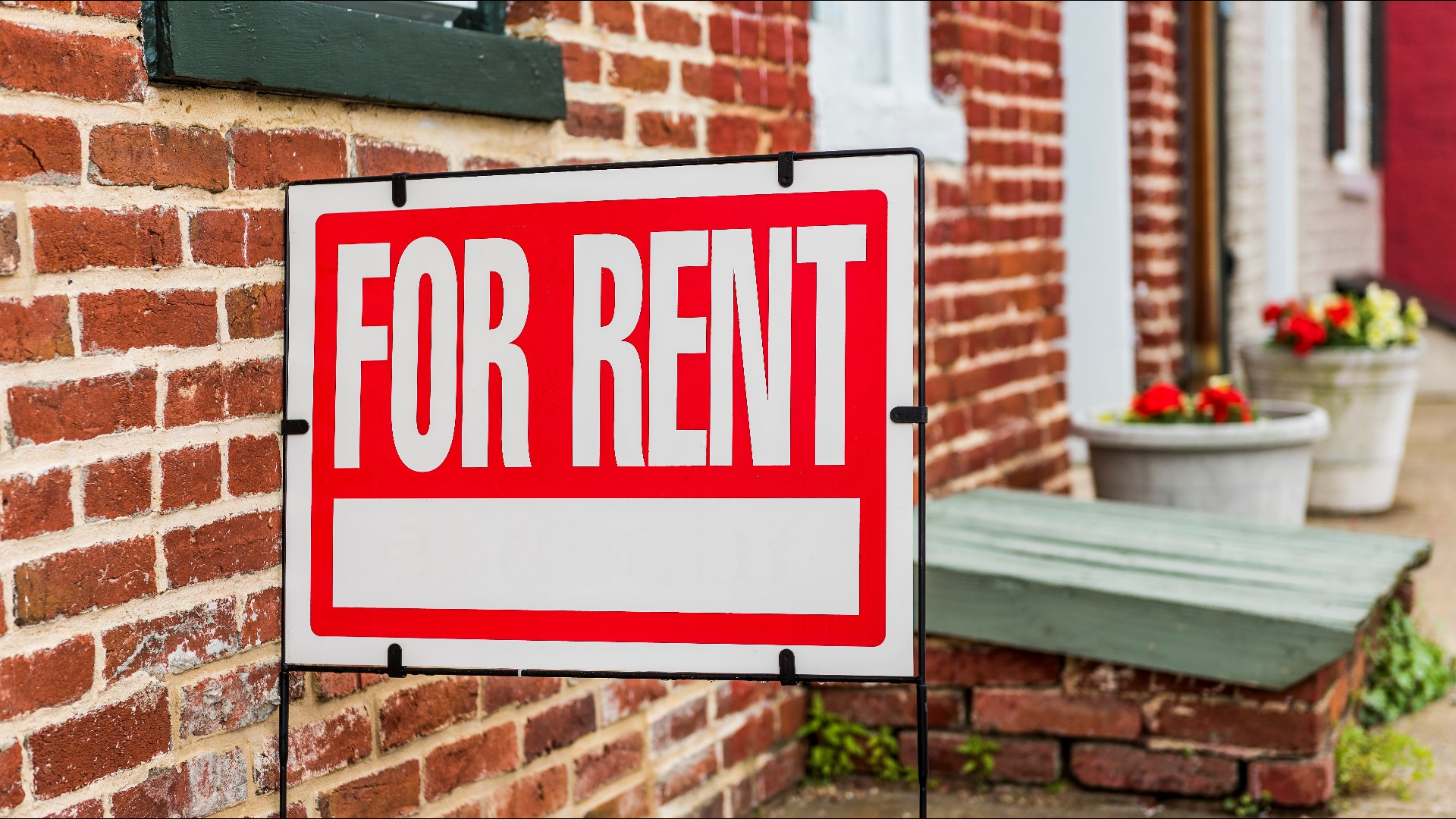ARIZONA, USA — Millions of dollars supposed to help families facing housing insecurities or evictions in Arizona because of the pandemic are sitting unused, as state and local Emergency Rental Assistance Programs lag distribution.
Overall, Arizona received around $550 million dollars in federal funding for programs to help families pay up to 18 months of missed rent or utilities for certain programs, but so far about 15% of that money has been approved for tenants or paid to landlords.
On Thursday, the Biden Administration extended the nationwide ban on evictions until July 31, to help millions of tenants unable to make rent payments. The Centers for Disease Control and Prevention said, “this is intended to be the final extension of the moratorium.”
Federal officials said the next four weeks would be used as an “all hands-on deck” multiagency campaign effort to prevent a wave of evictions come August.
The federal eviction moratorium did not stop landlords from processing eviction cases, the measure only stopped the evictions from being enforced for non-payment, at least until the end of July.
The previous extensions have proved to be a slow-down process to get disbursements out to families that desperately need them. And in the last several months multiple tenants have appeared for eviction hearings at Justice of the Peace Judge Anna Huberman’s courtroom, despite filling for the federal money.
“[They] told me that they had been approved for rental assistance, but the funds had not yet made it to the landlords and that’s why they were in my courtroom,” she said.
With one month to go, the worry increases that although more people will apply for aid, the processing and distribution of the funds will slow down even more and backlog, Huberman said.
The U.S Department of the Treasury issued Emergency Rental Assistance Program funds in Arizona to different jurisdictions that resulted in eight run programs residents could apply for the assistance depending on their geographical location and if they met certain requirements.
According to the National Low-Income Housing Coalition, the state-run program, operated by the Arizona Department of Economic Security received $324 million for the program, but so far only 4 percent of the funds have been distributed.
The DES program includes all of the state except for Maricopa County, Pima County, and Yuma County. These counties received funding directly from the federal government.
Phoenix, Chandler, Gilbert, Mesa and Glendale launched their own programs apart from Maricopa County.
Since the funds were issued to local governments, the city of Mesa is leading the state with 75 percent of its awarded $15.76 million distributed out to help families cover rent and utilities.
The city of Phoenix received $51.1 million, but so far only 35 percent of those funds have been distributed.
Pima County got $31.8 million and has distributed nearly 54 percent of its funds to residents in need.
The city of Glendale has approved and paid out 44 percent of its allocated $7 million.
In Gilbert, the city has distributed 24 percent of the $7.8 million it received.
From the Department of Treasury, Maricopa County received $46 million but has only distributed about 23 percent of those funds.
Kelly McGowan, Deputy Director at Wildfire, a community action group focused on ending poverty, is administering part of the rental relief funds for the city of Phoenix, said there is an overwhelming demand for the funds.
“It is a logistically complicated program, more so than a lot of the other that we’ve seen related to this pandemic,” she said.
McGowan said agencies are working as fast as they can to get through the applications and are preparing for the many more that could come in the following weeks.
“Just based on the numbers I’ve seen across the state I think it would be highly unlikely that all of those people will come in at the end of the moratorium,” she added.
By the end of March, 6.4 million American households were behind on their rent, according to the Department of Housing and Urban Development. As of June 7, roughly 3.2 million people in the U.S. said they faced eviction in the next months, according to the U.S. Census Bureau’s Household Pulse Survey.
Judge Huberman worries that even those that still get approved for the funds, might not be fully caught up on their payments and will eventually end up being evicted. A mark on a persons’ record that stays for about seven years.
“I’m concerned that even though they get the money in July, what’s going to happen August 1? Are they going to be in a position to pay their rent by August 1, because even if they don’t, they’ll get their five-day notice on August 3 and then the process will begin and they’ll be out by the end of August,” she said.
12 News on YouTube
Catch up on the latest news and stories on the 12 News YouTube channel. Subscribe today.

